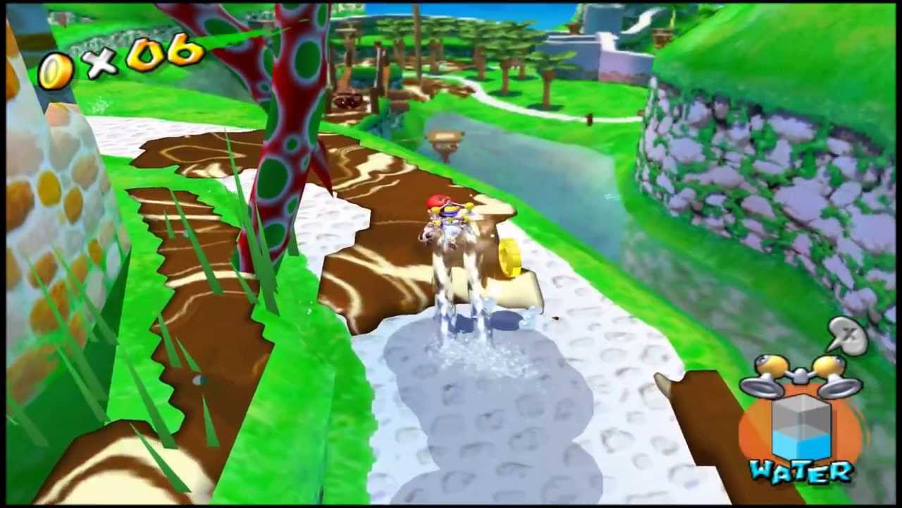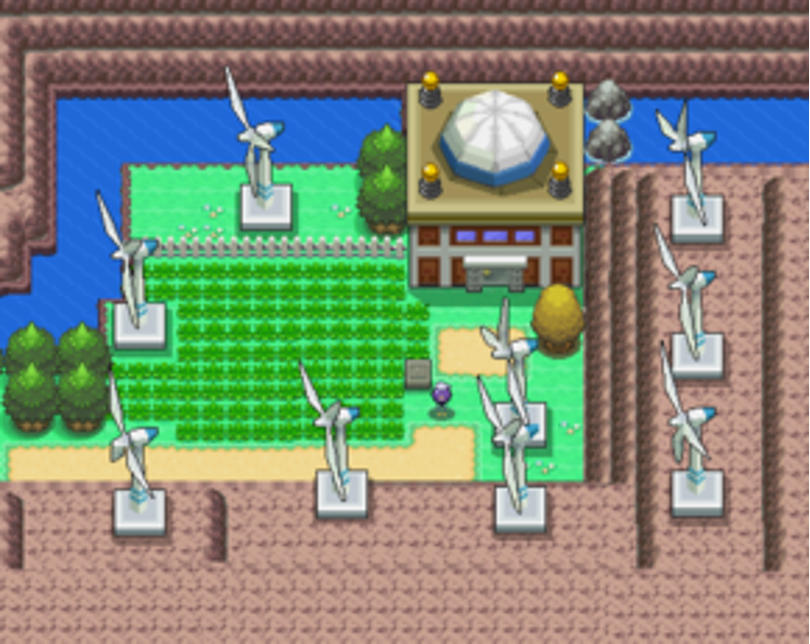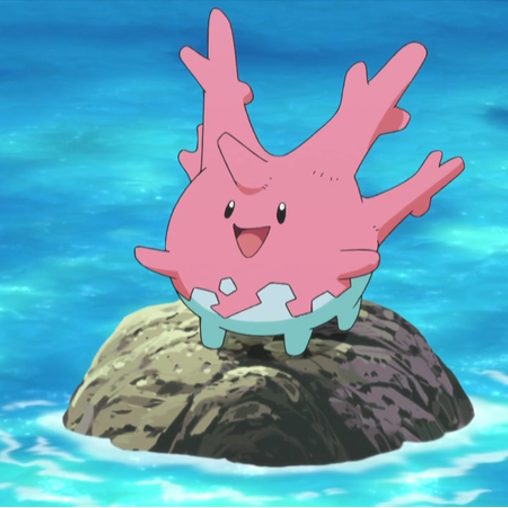As a Melburnian, the last two months have been rough, and the prospect of another month and a bit of stay-at-home orders is pretty depressing, to say the least. For the sake of my own, and everyone else’s mental health, I have decided against writing a blog detailing the challenges I’ve faced in the last few months in my own personal life.
Instead, I wanted to talk about something I am looking forward to, and that I am hoping will make this time go a bit faster: The release of Super Mario 3D All-Stars on September 18.
The All-Stars 3-in-1 game includes a remastered release of Super Mario Sunshine – a childhood favourite of mine. This got me thinking about the role of video games in teaching kids about environmental issues. How? I hear you ask.
The premise of Super Mario Sunshine is that Mario and friends go on a tropical holiday to the aptly named Isle Delfino. However, the idyllic dolphin-shaped island has been covered in pollution that resembles oily goop and Mario has been framed for the mess.

Mario has to clean the mess with his very techy hose that triples as a hover device and a rocket ship; recover all 120 missing shine sprites that are the source of solar energy for the island; and find the real culprit of the oil spill, I mean magical pollution, who turns out to be the evil Bowser Jr. When you’re seven-years-old playing this game for hours on end, as I did, it’s hard not to notice the not-so-subtle link between bad guys and pollution that Super Mario Sunshine provides.
In 2006, Nintendo released the fourth generation of Pokemon games – another much-loved series of mine. Early on in the game, the player must rescue a man from a wind farm.

In the same game, the final town the player visits before the Elite Four boss battle is called Sunyshore City. What makes Sunyshore City unique is that the town is connected and entirely powered by bicycle paths made from solar panels. In 2006, John Howard, who staunchly rejected climate change action and refused to ratify the Kyoto Protocol, was the Prime Minister of Australia. Meanwhile, in 2006, kids were playing video games that depicted the transition to renewable energy in a positive and accessible way.

Paying homage to environmental issues in Pokemon is no accident. The creator of Pokemon, Satoshi Tajiti, was an entomologist who created the series after watching urban expansion in suburban Tokyo displace insects, and wanted children to experience the joy of taxonomy in an increasingly urbanised environment. The most intriguing example of environmental issues portrayed in these video games is the subtle transformation of Corsola – an adorable, happy, pink coral pokemon first released in the second generation of games in 1999.
In 1999, Corsola was a water and rock type Pokemon. Types are the elemental properties associated with the Pokemon and typically reflect the thing or animal the Pokemon is based on.


In the latest generation of Pokemon Games, released in 2019, Corsola has undergone a disturbing make-over. The cheerful pink Pokemon from 1999, is now illustrated as white and sad. In addition, its type has been changed from water/rock to ghost/rock. In other words, GameFreak bleached and killed the coral Pokemon! The in-game description (or Pokedex Entry) even refers to “sudden climate change” wiping out this Pokemon.
From oil spills, to the transition to renewable energy, to coral bleaching, video games may be a surprisingly effective way of communicating environmental issues to kids. And for adults, there are a wide range of role-playing games handling issues like nuclear waste management and nuclear fallout (Fallout series); the tragedy of the commons (The Outer Worlds) and a megacorporation taking a planet’s life source for energy (Final Fantasy 7).
